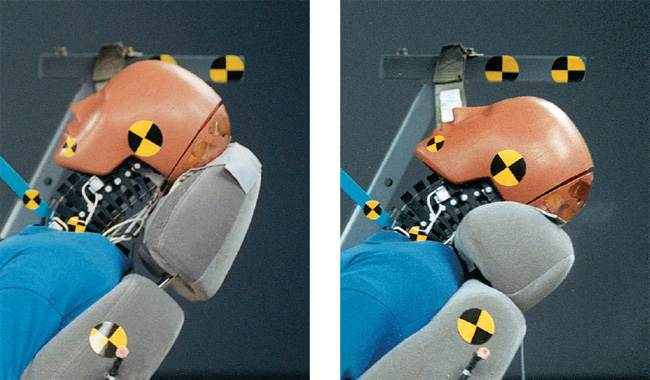

In a rear-end collision, a front car is hit from behind by a second car. For decades, engineers and medical researchers sought to explain why the neck of an occupant of the front car is injured in such a collision. By the 1970s, they concluded that the injury was due to the occupant’s head being whipped back over the top of the seat as the car was slammed forward, hence the common name “whiplash injury.” The neck was apparently extended too far by the head’s motion. As a result of this finding, head restraints were built into cars, yet neck injuries in rear-end collisions continued to occur.
What actually causes these injuries?
The answer is in this chapter.
2-1 What Is Physics?
One purpose of physics is to study the motion of objects—how fast they move, for example, and how far they move in a given amount of time. NASCAR engineers are fanatical about this aspect of physics as they determine the performance of their cars before and during a race. Geologists use this physics to measure tectonic-plate motion as they attempt to predict earthquakes. Medical researchers need this physics to map the blood flow through a patient when diagnosing a partially closed artery, and motorists use it to determine how they might slow sufficiently when their radar detector sounds a warning. There ...
Get Fundamentals of Physics now with the O’Reilly learning platform.
O’Reilly members experience books, live events, courses curated by job role, and more from O’Reilly and nearly 200 top publishers.

